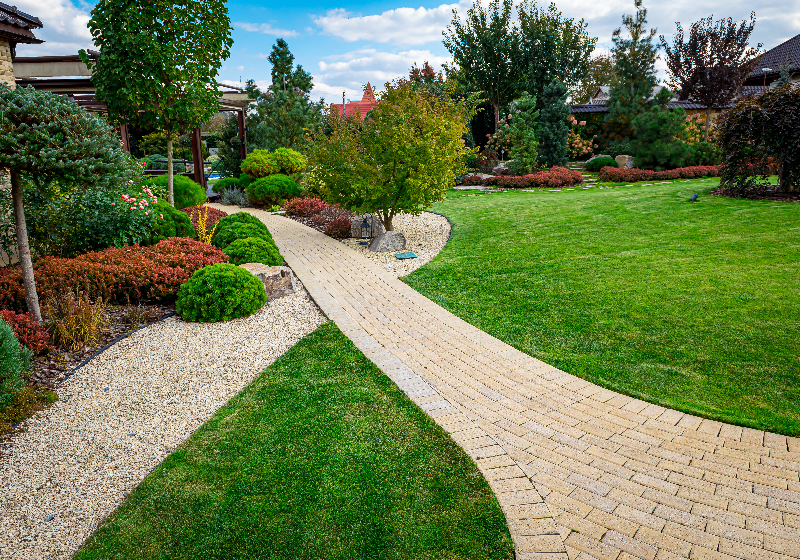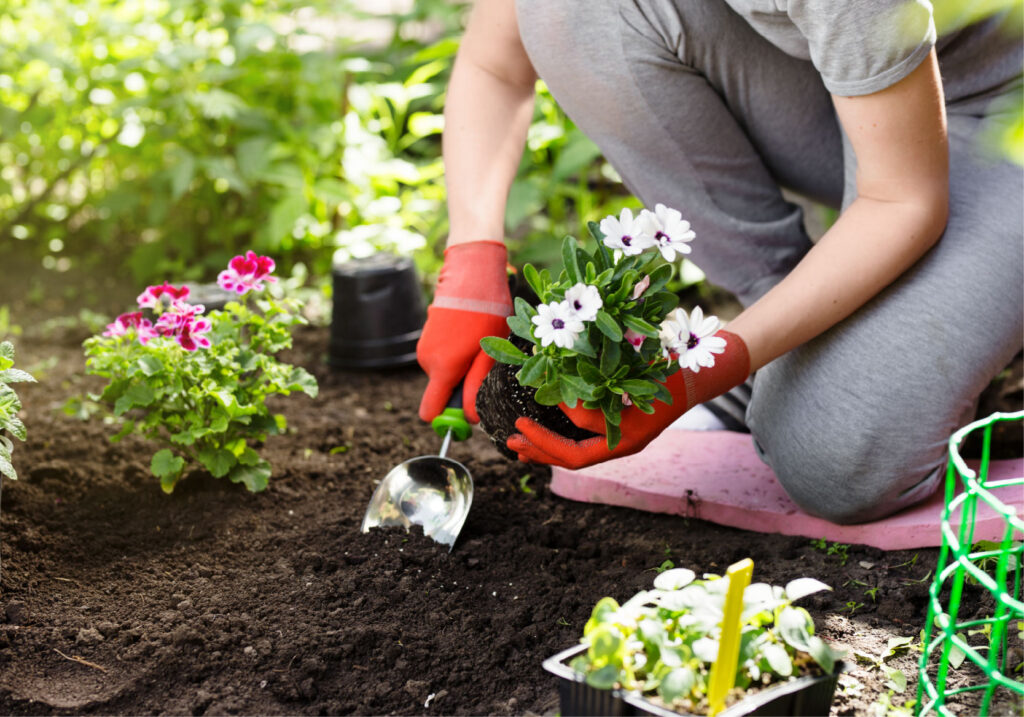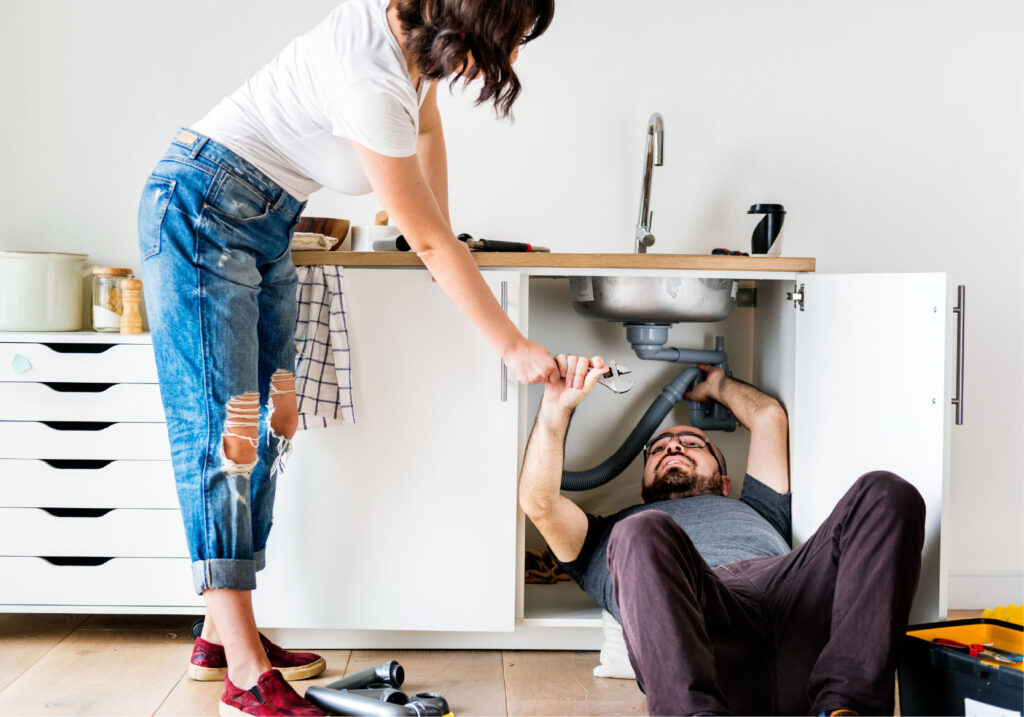By Kym Preslar, Content Manager of SodLawn
There’s just something about a well-manicured lawn that gives a property that special touch. A beautiful lawn not only adds curb appeal, but it can also increase the value of your property.
Achieving a healthy and beautiful lawn, however, is not as simple as mowing the grass every other week. It takes effort and the right know-how to get that perfectly lush and green yard you’ve always wanted.
In this ultimate guide to lawn care, we’ll give you tips and tricks that will help you achieve a lawn that will make your neighbors green with envy!
Whether you’re a new or seasoned homeowner, this guide covers everything you need to know to achieve a healthy and beautiful lawn.
Understanding Your Lawn
Your lawn is the centerpiece of your home’s outdoor space, and it deserves the utmost attention and care to look its best. Understanding your lawn is the first step to achieving a lush, green oasis right in your backyard.
Different Types of Grasses
Did you know that there are more than 10,000 varieties of grasses? Choosing the right grass for your lawn is an essential step in maintaining a healthy lawn.
The most common grass types used for lawns are Bermuda, St. Augustine, Zoysia, and Fescue.
Bermuda grass is ideal for warm climates, while St. Augustine grass is perfect for those who live in regions with high humidity. Zoysia grass is preferred for its soft texture, while Fescue grass is best suited for cooler climates.
When selecting a grass type to plant, you should consider the climate, soil type, amount of sunlight, and your preferences.
How to Determine Soil Type and pH
The soil is the foundation of your lawn, and its condition determines the health of your grass.
Understanding your soil type and pH is crucial in providing the right nutrients for your lawn. To determine your soil type, you can conduct a simple soil test by taking a sample and analyzing the texture and color.
There are three main soil types: sandy, clay, and loamy. Sandy soil drains quickly, while clay soil retains moisture, and loamy soil is ideal for most grass types.
The soil pH also plays a significant role in your lawn’s health. The optimal pH range for most grasses is between 6.0 and 7.0. You can adjust the soil pH by adding lime to raise it or sulfur to lower it.
The Importance of Sunlight and Water
Sunlight and water are the essential elements that your lawn needs to thrive. Grasses require at least six hours of direct sunlight daily to grow healthy and correctly. If your lawn has areas that receive less sunlight, you can consider planting shade-tolerant grass types such as Fine Fescue or St. Augustine.
Watering your lawn is also critical in maintaining its beauty. It’s recommended to water your lawn deeply and infrequently, once or twice a week, depending on the weather conditions. Overwatering can lead to fungal growth, while underwatering can cause your grass to dry out and turn brown.
Lawn Maintenance
A well-maintained lawn is not just aesthetically pleasing, but it also adds value to your property. However, it takes some effort and dedication to create and maintain a healthy, lush green lawn.
There are several factors to consider and techniques to execute, but don’t worry. Here’s what you need to keep in mind.
Mowing
One of the most basic, yet essential, elements of lawn maintenance is mowing. It’s essential to ensure that your grass is cut to the right height and is cut regularly. Set your mower blades at the highest setting to avoid cutting the grass too short, which can be detrimental to its health.
Mowing frequently when the grass is wet or overgrown is not recommended, as it can damage the grass and cause it to look brown and uneven. Ensure that your mower blades are sharp and in good condition as blunt blades can cause the grass to shred, bruise, and affect its overall health.
Fertilization
After mowing, the next step in lawn maintenance is fertilizing.
Fertilizers contain essential nutrients that nourish the grass and keep it healthy, green, and lush. However, it’s vital to apply the right type and amount of fertilizer based on the soil’s pH level, the grass species, and the weather.
Over-fertilizing can cause the grass to grow too much too quickly, leading to disease and pest problems. Conversely, under-fertilizing can result in a lack of nutrients, slow growth, and discoloration. So, be mindful of the right amount and frequency of fertilizer application.
Aerating and Dethatching
Over time, soil compaction can occur, resulting in reduced air, water, and nutrient flow to the grassroots.
Aeration involves creating small holes in the soil to allow air, water, and nutrients to penetrate the soil and reach the roots.
Dethatching, on the other hand, involves removing the layer of dead grass, roots, and debris that accumulates above the soil’s surface. This layer can block sunlight, air, and water from reaching the grass, leading to unhealthy growth.
Both of these methods can improve the soil quality and enhance the grass’s health and beauty. They tend to be important aspects of fall lawn care in particular but can be done at any time of the year.
Proper Watering Techniques/Frequency
Water is an essential component for the grass’s growth and health, but over or under-watering can be detrimental to the grass’s health. It’s essential to water the lawn deeply, but infrequently.
Watering daily or too shallowly can lead to weak and shallow root systems, which can make the grass more susceptible to disease and pest problems. Aim for about one inch of water per week, and make sure that the water reaches the roots and does not pool or run off.
It’s best to water your lawn during the early morning or late evening when less evaporation takes place.
For more information on how to handle common lawn care issues and the most important tools to take care of your yard, check out part 2 of this guide!



